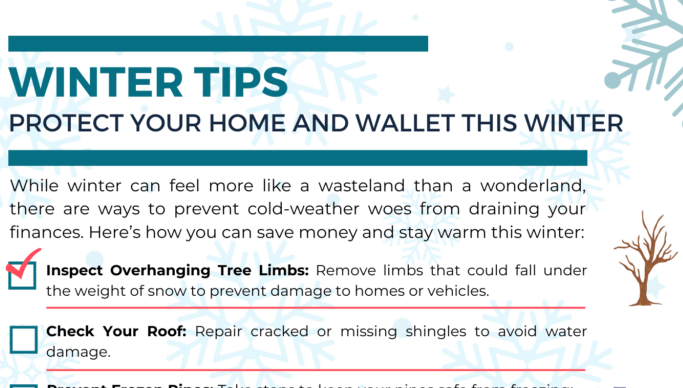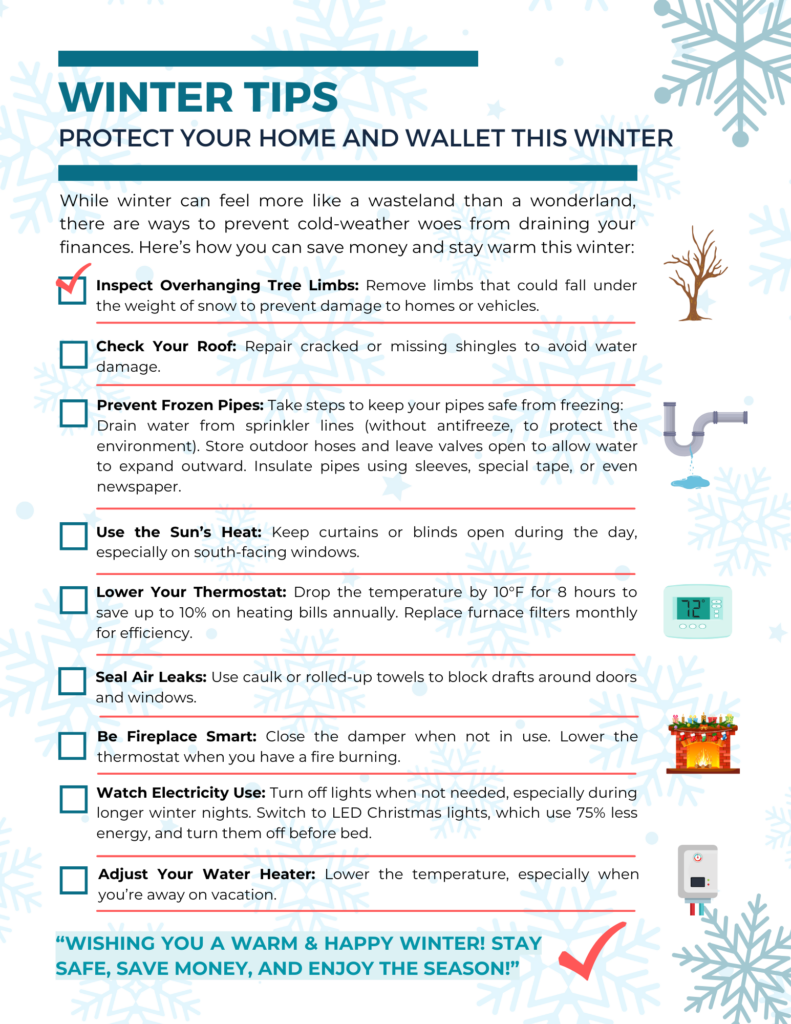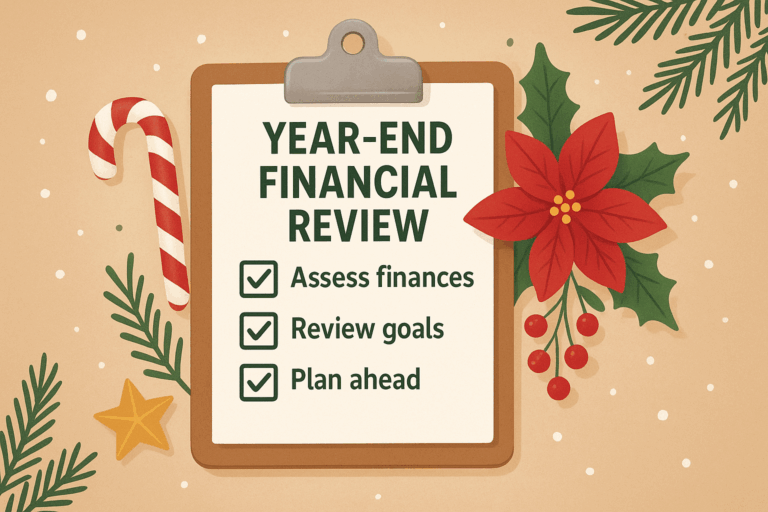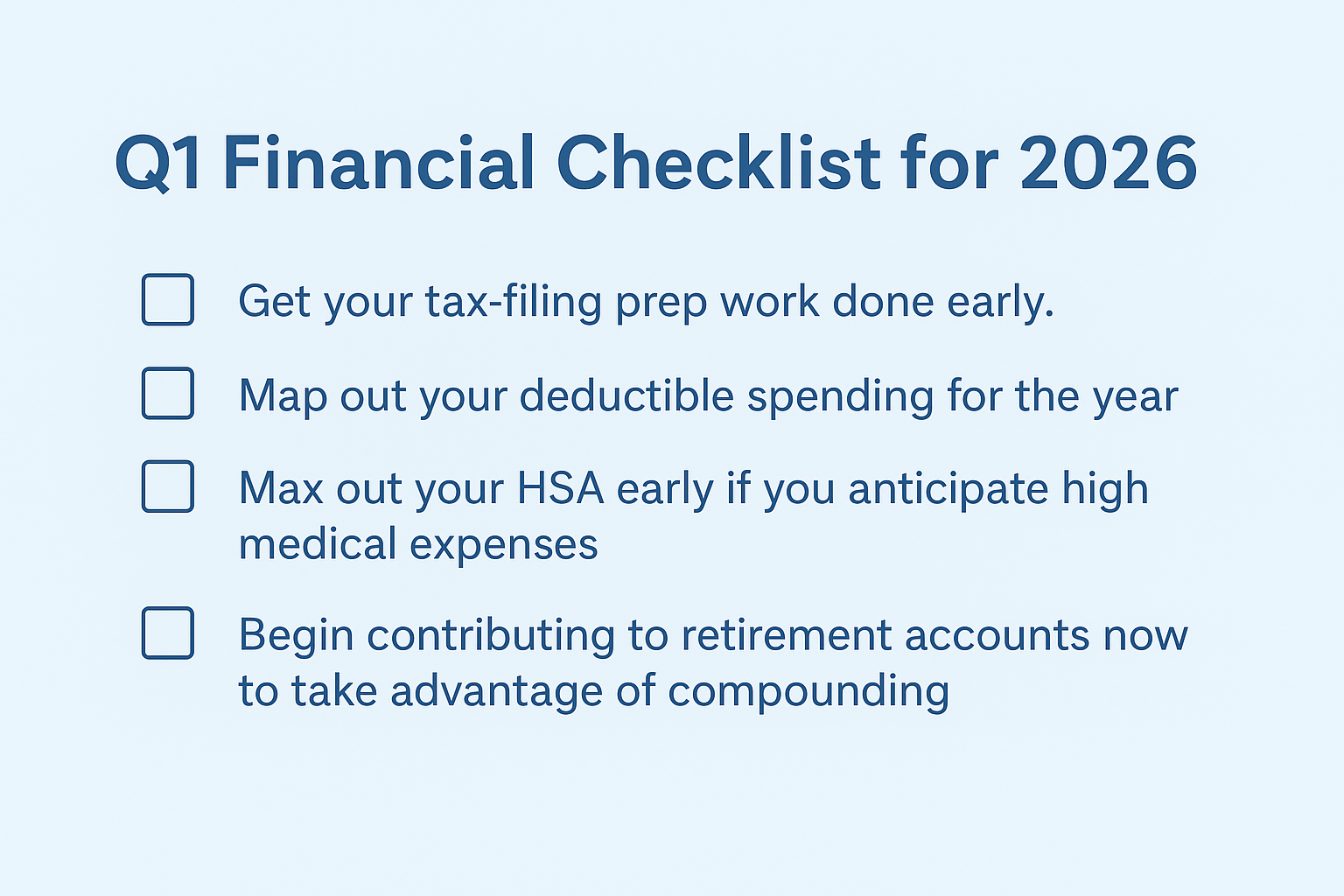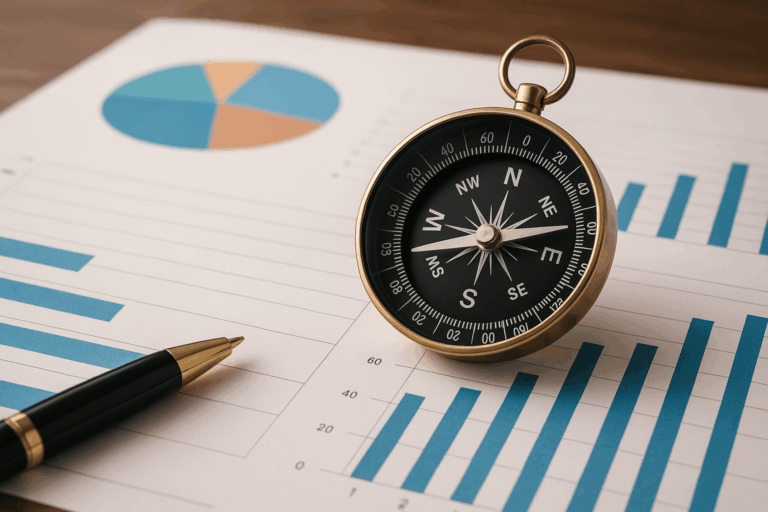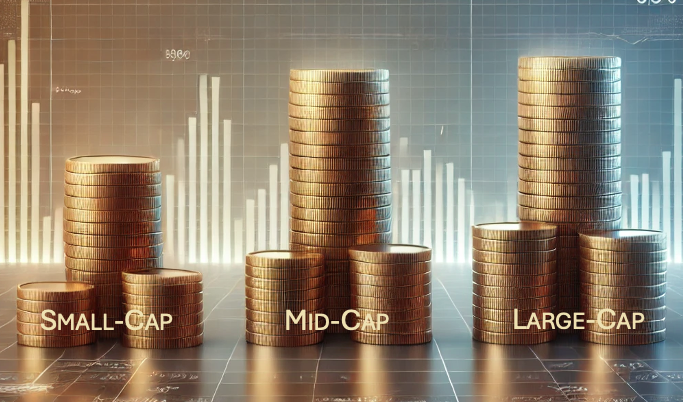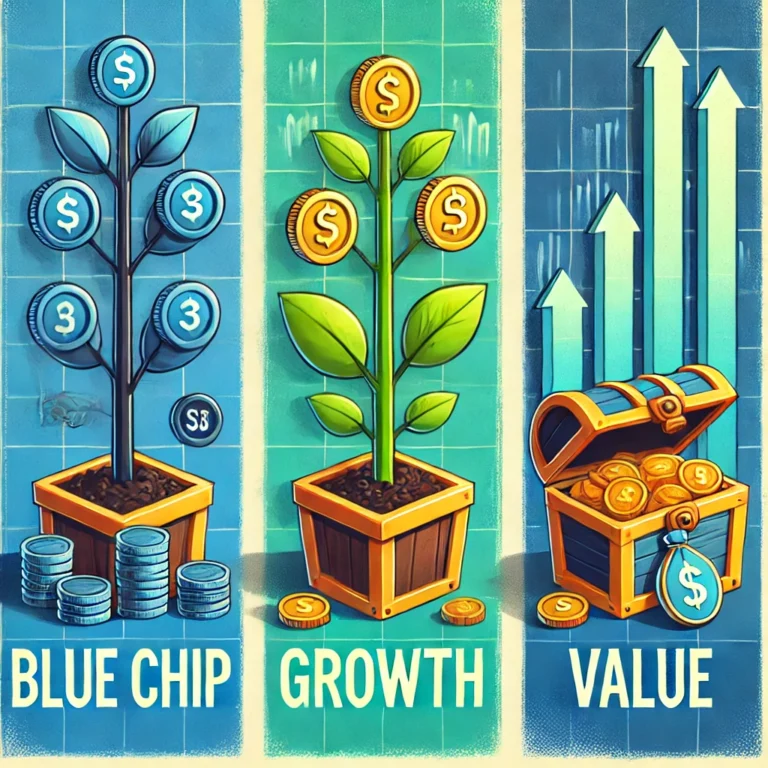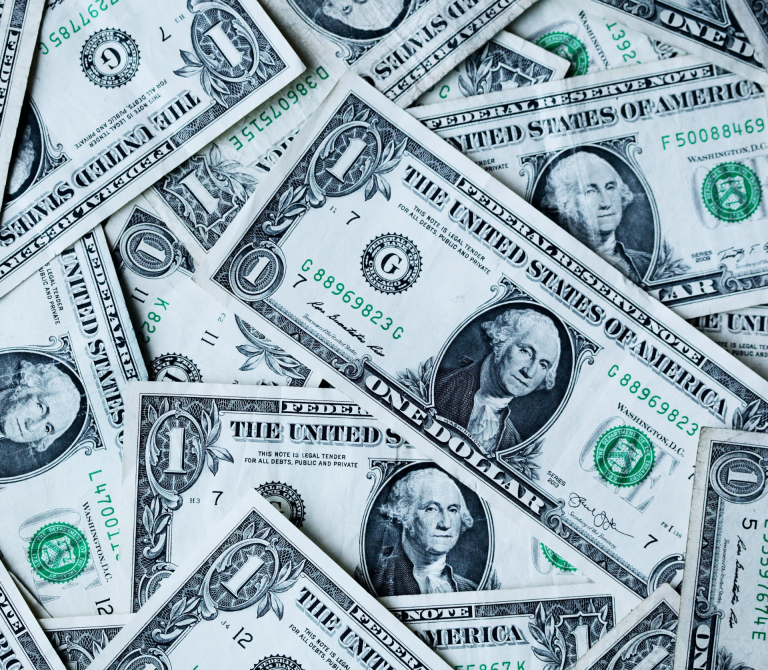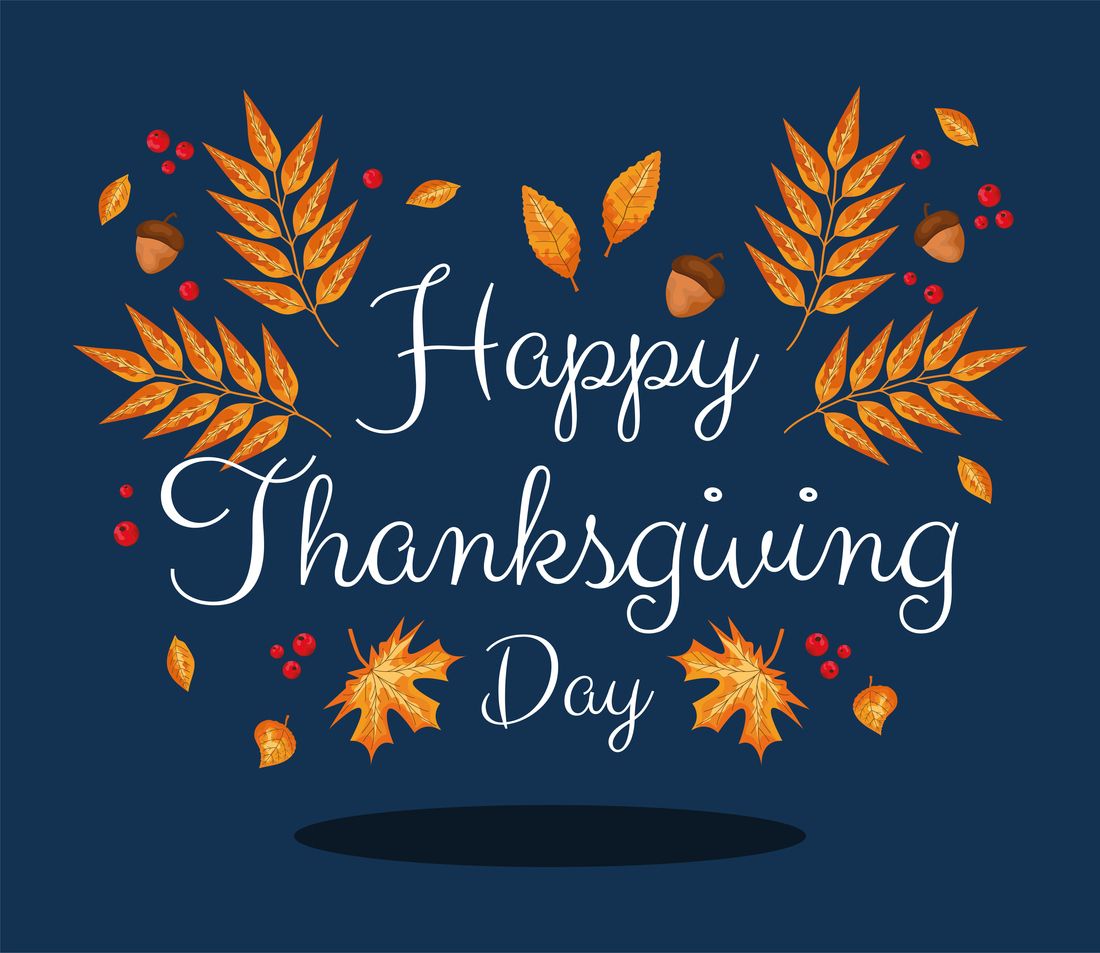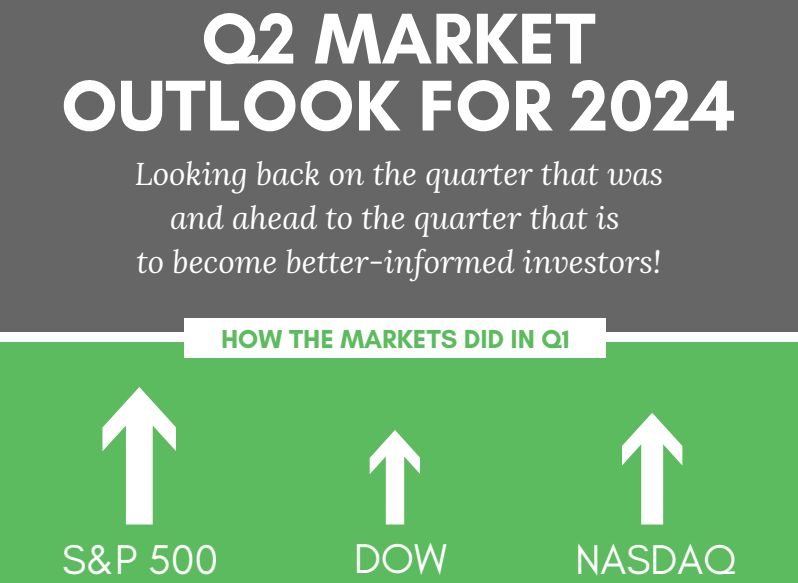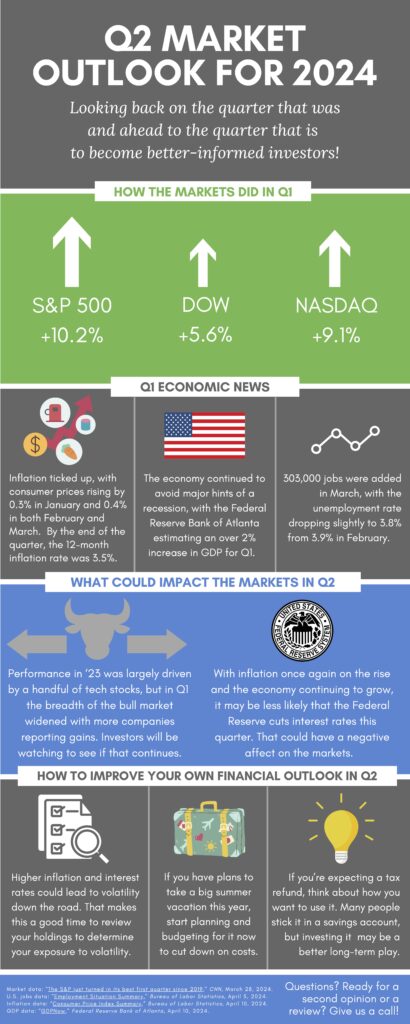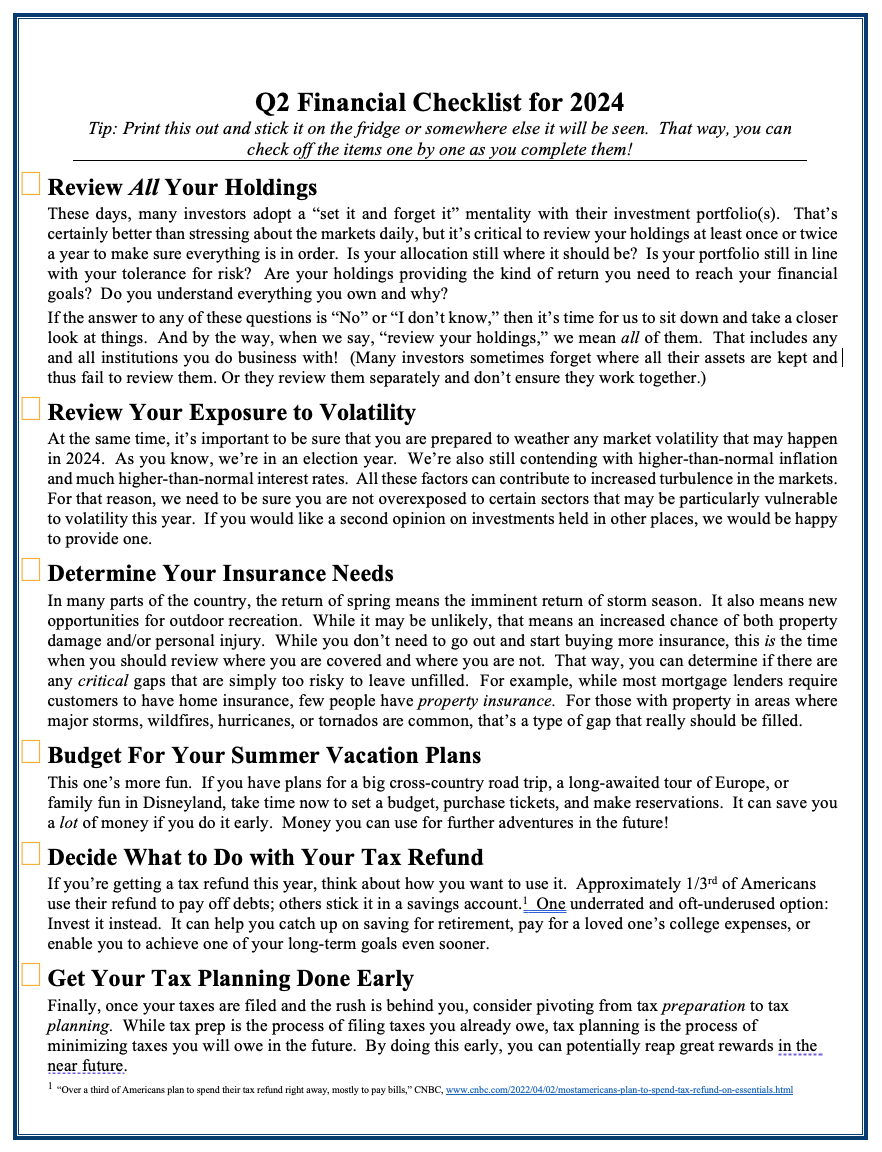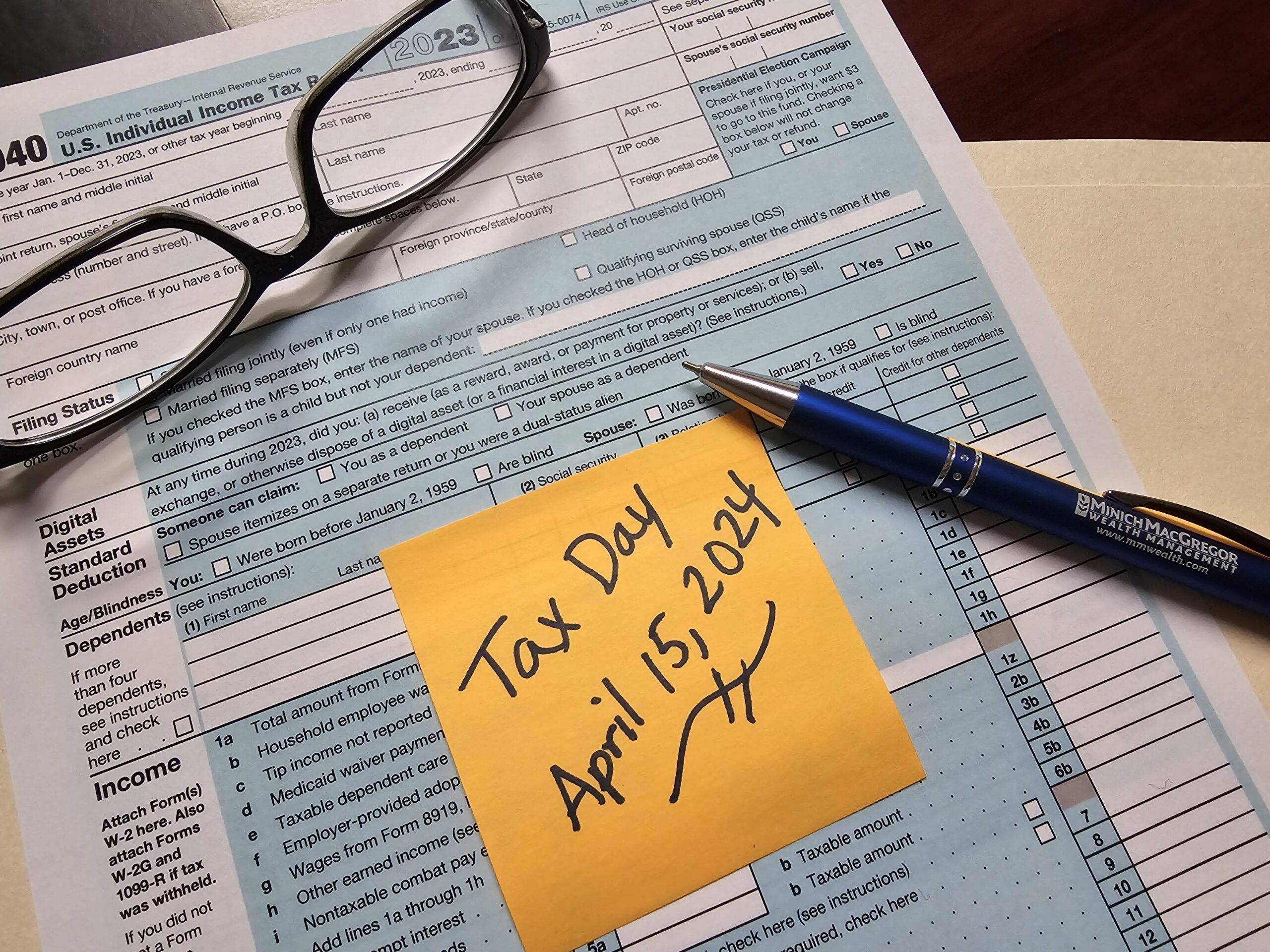Michelangelo’s Snowman
One cold January morning in 1494, the citizens of Florence, Italy woke up to an extremely rare sight: Their city was covered in snow.
Snow is uncommon in Florence, and this was no mere coating of powdered sugar. There was so much snow that kids today would probably grab their sleds and hightail it to the nearest hill. So much snow that trucks with plows would be required just to keep the roads clear.
It’s impossible to know how most Florentines reacted to their new winter wonderland, but we do know what one person thought. When Piero de Medici, perhaps the wealthiest and most powerful man in Florence looked out that morning and saw his courtyard covered in snow, he decided to commission an artist. The artist in question was young, barely nineteen, with a permanently disfigured nose. But his name would become famous throughout Europe, and the world has never forgotten it.
His name was Michelangelo, and his task was as surprising as it was simple: Build a snowman.
Given the sculptures Michelangelo produced later in life, it’s reasonable to assume that his was the most beautiful snowman ever made. (At least one other artist wrote that it was very beautiful.) But we have no way of knowing exactly what Michelangelo’s snowman looked like…because it melted.
It’s ironic to think of a great work of art so impermanent that it could literally melt. It almost seems like a waste. Why go to all that trouble creating something beautiful, knowing it will never last? But we don’t think it was a waste. In fact, when we ponder the story of Michelangelo’s snowman, we think there’s something meaningful we can take from it.
Every January, many of us set New Year’s resolutions. We make promises to ourselves about the goals we want to achieve and the ways we want to improve. Go there, become this, do that. But we all know that resolutions don’t always last. Often, we may follow through on them for a month, or a season, or even a year…until life interrupts us. When that happens, we often move onto other things, leaving our resolutions to melt away.
But that doesn’t mean our resolutions were a waste. It doesn’t mean the work we put into them was worthless.
Think what often happens even when we fall short of our resolutions:
- Sometimes, we return to our resolution months or years later, now armed with more knowledge and the experience gained from our first attempt. Everything we need, in other words, to actually achieve it this time.
- Sometimes, we may not achieve everything we set out to do, and yet our lives still become better for the attempt. A person may not lose the 20 pounds they wanted, but the 10 pounds they did lose helped their blood pressure drop and their knees feel better. A person may not quite learn how to speak French, but in the process, discover they have a real love and ability to cook French food.
- Sometimes, even half-finished resolutions may lead us to the things we are truly meant to do. Maybe you won’t “write in your journal every day” like you wanted, but instead learn you have a flair for writing and decide to write something else. Maybe you won’t get that promotion you wanted…but instead get a different job that you end up loving more than you ever thought possible.
Whenever we set goals and resolutions, whenever we lift our eyes up and aim just a little higher, we are shaping our lives into our own works of art. Sometimes they don’t last – but the beauty is not in their permanence. It’s in the ways they enrich our lives. The ways they help us get just a little closer to where we want to go…and become just a little more like who we want to be.
Michelangelo’s snowman melted. We don’t know what it looked like. But we do know that he created something beautiful. Something that enriched both his life and the lives of those who saw it, even if only for a little while.
And we know something else, too. We know what came after.
For just ten years later, Michelangelo created a new sculpture, one that we can hope will never be lost to temperature or time.
It was the statue of David.
As we enter a New Year, we wish you best of luck with your goals and resolutions. Please let us know if there is ever any way we can help you achieve them. But most of all, we wish you joy in the journey. May your resolutions get you ever closer to where you want to go…and become stepping stones and practice runs for whatever works of art you’re destined to create.
Happy New Year!

